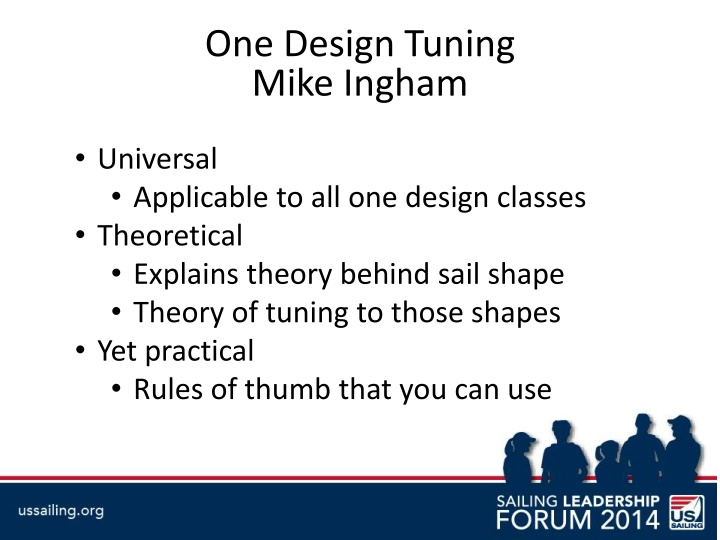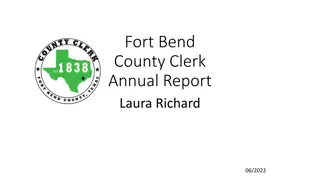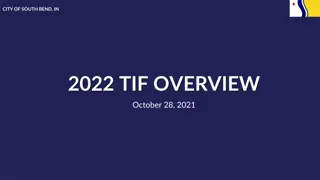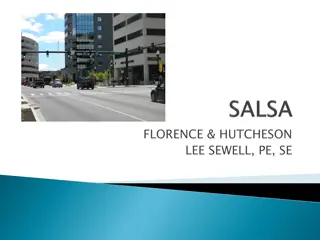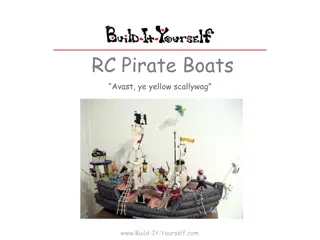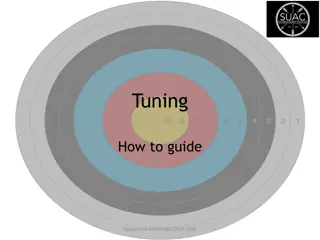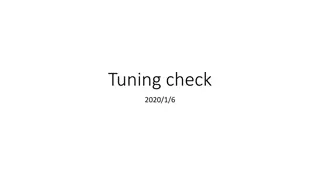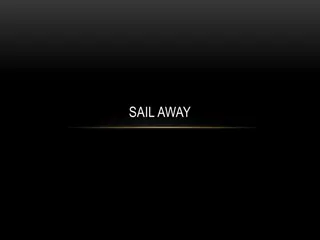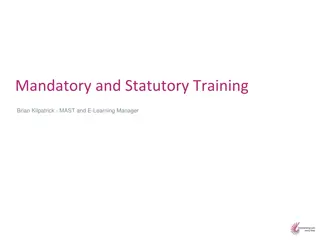One Design Tuning Tips for Sail Shape and Mast Bend
Explore the theoretical explanations and practical rules of tuning sail shape and mast bend in one design sailing classes. Learn about achieving balance, controlling helm, adjusting forestay rake, shaping the sail, bending the mast, and tuning mast bend for/aft to optimize performance on the water.
Download Presentation

Please find below an Image/Link to download the presentation.
The content on the website is provided AS IS for your information and personal use only. It may not be sold, licensed, or shared on other websites without obtaining consent from the author.If you encounter any issues during the download, it is possible that the publisher has removed the file from their server.
You are allowed to download the files provided on this website for personal or commercial use, subject to the condition that they are used lawfully. All files are the property of their respective owners.
The content on the website is provided AS IS for your information and personal use only. It may not be sold, licensed, or shared on other websites without obtaining consent from the author.
E N D
Presentation Transcript
One Design Tuning Mike Ingham Universal Applicable to all one design classes Theoretical Explains theory behind sail shape Theory of tuning to those shapes Yet practical Rules of thumb that you can use
Balance = Rake Rake back Center effort aft More helm Rake forward Center effort fwd Less helm (or even push) Think Windsurfer
Rake to Balance Helm Looking for light to neutral helm At optimum heel None (0 deg) round bottom dinghy Slight heel (5deg) hard chine, keel boat, scow, cat A lot of helm is bad Negative (pushing) helm is bad Very slight helm ok only if have efficient rudder
Rake =Forestay Forestay length controls rake Deck/ butt uppers As does deck/ butt lever along with upper tension
Sail Shape Broad seam Shape built into sail, can t change much Luff curve (main) Control shape by bending/ straightening mast Shape pushed in or pulled out along luff Luff hollow (jib) Control shape w/ forestay sag Shape pushed in or pulled out along luff Mostly effects front 1/3 of the main
Mast Bend & Luff Curve Typical one design might have 3 of luff curve Might start with pre-bend at 1 (half luff curve) =Good all around shape Shape =combo of luff curve pushed into sail and broad seam Bend mast more Flattens sail and opens leach =Depower Bend beyond 3 =Over-bend wrinkles ( inversion )
Mast Bend Tuning For/ Aft Combination of forces from Deck/ mast step geometry Deck step =compression Through deck =lever Spreader sweep More sweep = more bend Upper/ lower ratio Tighter uppers are relative to lowers = more bend
Mast Bend Control For/ Aft Backstay Mainsheet Vang Cunningham Tighten any of these helps bend the mast =Depower
Mast Bend Tuning -Sag Uppers leeward firm Keeps mast centered Lower controls sag Ease for more sag=power up Because scoop effect And pushes luff curve into sail Like straighten for aft Lowers control top Lever of mast below The straighter side to side low =more tip sag =depower by spilling the top
Mast Bend Tuning -Sag Spreaders Longer helps push center of mast to leeward But also helps prevent too much sag
Forestay Sag & Luff Hollow Typical one design might have 2 of luff hollow Might start with forestay sag at 1 (half luff hollow) =Good all around shape Shape =combo of luff hollow pulled into sail and broad seam Tighter forestay Flattens jib=Depower Most depower with straight fores Can loosen beyond 2 Fuller jib =more power Too much (2x luff hollow ) and front of jib knuckles
Forestay Sag - Tune Uppers Tighten uppers =less sag Mast step/ deck geometry Butt aft or shims behind at deck =more sag
Forestay Sag - Control Controls Backstay Mainsheet Vang Cunningham Tighten These Tighter forestay = less sag =depower
This Coaching is About Tuning Tuning is Balance Mast bend Forestay sag
Tuning Tools Are Forestay Uppers Lowers Mast step/ partners interaction Spreaders
Luff Curve/ Hollow Most of what we do in tuning is Controlling the luff curve of main Controlling the luff hollow of jib We can t tune broad seam That is built in
Forestay Rake Rule of thumb Just a touch of helm
Uppers Center mast side to side Forestay sag Rule of thumb Leeward upper just tight
Lowers Bend in middle of mast Sag For aft Rule of Thumb Sag to power
Spreaders Controls for aft bend More sweep = more bend Effects Sag Longer =more force to leeward
Mast Step Pre Bend Forestay Sag Rule of thumb Pre bend to half luff curve Forestay sag to half luff hollow
Thank You Mike Ingham Rep for north Sails Race Develop Sails Help Customers Coach Personal high end Clinics Write (freelance) Sailing World Sail1Design Contact 585 370-1027 mingham@rochester.rr.com
Your Opinion Matters Please check-in to this session on the Sailing Leadership Forum app and complete the session survey Or Complete one of the yellow survey forms in the back of the room and drop in the box Thank you for attending this session
